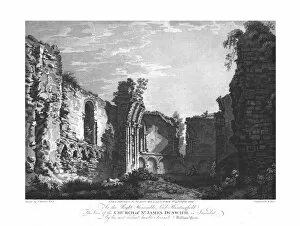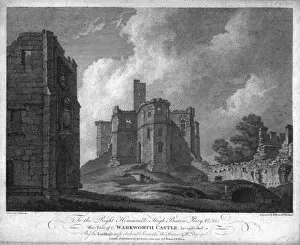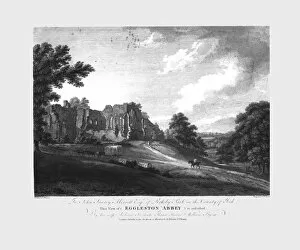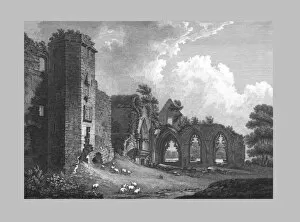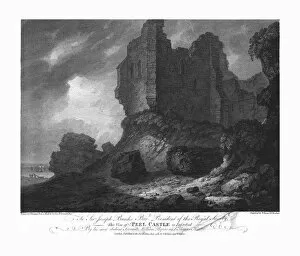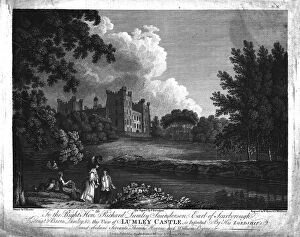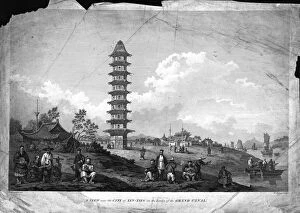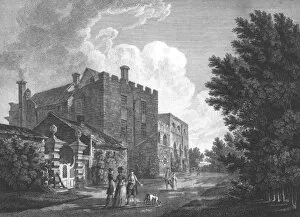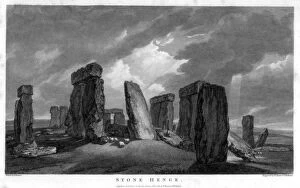William Byrne Collection
William Byrne was a talented artist and engraver who left his mark on numerous historical landmarks in the late 18th century
For sale as Licensed Images
Choose your image, Select your licence and Download the media
William Byrne was a talented artist and engraver who left his mark on numerous historical landmarks in the late 18th century. His work captured the beauty and grandeur of iconic sites, showcasing his exceptional skill and attention to detail. One of his notable creations is the Church of St James in Dunwich. Through his artistry, Byrne immortalized this ancient place of worship, preserving its architectural splendor for generations to come. In 1784, Byrne turned his artistic eye towards Warkworth Castle. With meticulous strokes, he depicted the castle's imposing structure against a picturesque backdrop, capturing its essence with remarkable precision. Another masterpiece attributed to the Market Cross in Glastonbury. Collaborating with William Lowry, they brought this historic landmark to life through their combined talents, showcasing their ability to capture both intricate details and overall ambiance. Eggleston Abbey also fell under Byrne's creative gaze in 1782. His artwork beautifully portrayed the abbey's serene surroundings while highlighting its architectural intricacies—a testament to both nature's beauty and human craftsmanship. The College of Lincluden in Dumfries became another subject that captivated Byrne's imagination. Alongside Thomas Medland, he crafted an exquisite portrayal that showcased not only the college but also reflected their shared passion for bringing history alive through art. Peel Castle stands as yet another testament to William Byrne's talent. Collaborating with Thomas Hearne and Thomas Medland in 1783, they created a stunning depiction that captured both the castle's rugged charm and its significance within history. Moving away from castles and abbeys, one cannot overlook King Edward's Chapel on Wakefield Bridge—an enchanting view masterfully rendered by Byrne around 1800. This piece showcases not only his versatility but also highlights lesser-known gems amidst well-known landmarks. County Durham boasts Lumley Castle—another site graced by William Byrne’s artistic touch alongside Samuel Middiman.


